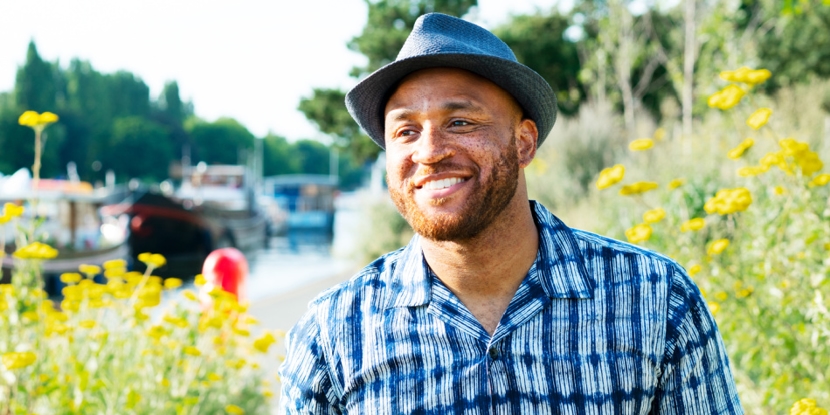Don’t burn after reading: fireworks safety tips
- Category: Living Well, Burn Center
- Posted On:
- Written By: Jeffrey E. Carter, MD, Medical Director of the Burn Center at University Medical Center New Orleans

Food, family, friends and fireworks—these are the essential elements of a New Orleans Fourth of July. Fireworks, however, can ruin your celebration in a flash if you don’t take precautions. This Independence Day, make fireworks safety a priority so you and your loved ones don’t get burned.
Remember, private fireworks are illegal in Orleans Parish. Want to stay safe and on the right side of the law? Attend a public fireworks display, such as Go 4th on the River. If you choose to set off fireworks at home, do so as safely as possible.
Common injuries from fireworks
There’s no such thing as completely safe fireworks. Whether sparklers or bottle rockets, handheld or ground-launched, fireworks carry risks. If you choose to use them, the best thing you can do is try to minimize your risk of a burn or another injury.
Burns are the main injuries that occur due to fireworks, and they can range from minor to severe.
- First-degree burns are minor. These are burns to the skin’s topmost layer.
- Second-degree burns affect the skin’s outer layer and the layer below it. These burns are considered minor if less than 2 to 3 inches wide. However, burns exceeding that size, or those affecting the face, hands, feet, buttocks, groin or a key joint, are major.
- Third-degree burns are major injuries that damage the skin’s deepest layers. This type of burn is a medical emergency.
Eye injuries also take place because of pyrotechnics. Eyes are the third-most-injured area of the body by fireworks, according to the U.S. Consumer Product Safety Commission, trailing only the hands and fingers, and head, face and ears.
Fireworks safety for the whole family
Follow these tips to reduce the risk of an injury from fireworks:
- Choose your site wisely. Only light fireworks in an open, outdoor area where you can retreat many feet away. If you attend a professional display, stay at least 500 feet away from the launching area.
- Leave lighting to the adults. Don’t allow children to light or play with fireworks. When lighting fireworks, do so from the side instead of standing directly over it. Never light multiple fireworks at once.
- Have water on hand. Keep a bucket of water or a hose within reach so you can quickly extinguish a fire, if necessary.
- Don’t mess with duds. If fireworks don’t ignite, don’t try to relight them.
- Skip sparklers for safety. They may seem less risky than exploding fireworks, but sparklers are dangerous. They can reach nearly 2,000 degrees Fahrenheit—hot enough to cause severe burns. Use a safer alternative, such as glow sticks.
- Douse before disposal. Soak used fireworks in water before trashing them.
- Count pets out. Fireworks safety isn’t just for people. Loud bangs and pops from pyrotechnics can stress pets and harm their hearing. Leave your furry friends indoors.
How to handle a burn
If a burn occurs, it’s important to act quickly. Run the burned area under or soak it in cool water for up to 30 minutes. This will help provide pain relief. Be sure to take off any clothing or jewelry that’s touching the burn.
Once the area is cool, cover it with a clean cloth or loose bandages. Seek care from your primary care provider or an urgent care center for minor burns. For major burns, call 911 or go to the nearest emergency department. Unsure of the severity of a burn? Seek emergency care to be on the safe side. A variety of factors, including the location and degree of the burn, will determine what type of treatment you receive.
Burns tend to happen when you least expect them. When they do, you can find expert care at the American Burn Association-verified Burn Center at University Medical Center New Orleans.


